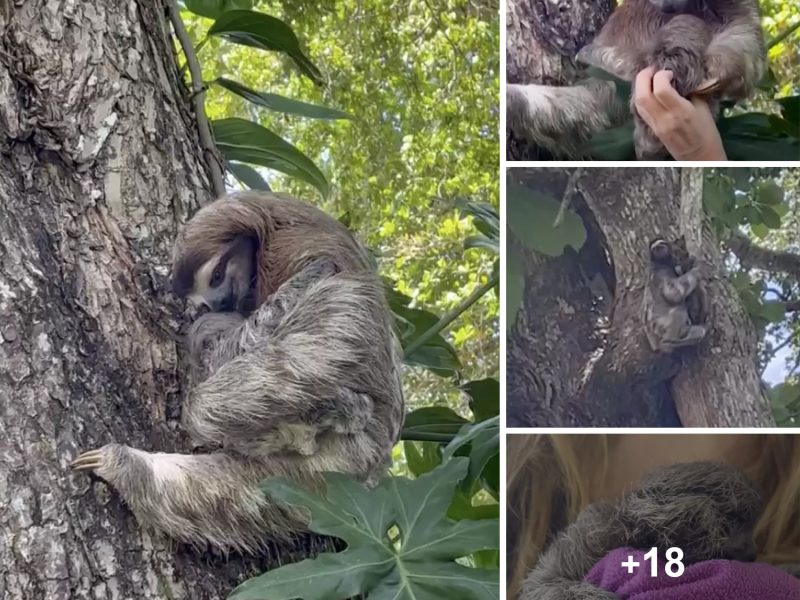The world is filled with fascinating creatures that we have never even discovered yet. This extraordinary bug is something you most probably have never come across ever in your life. The orchid mantis resembles a beautiful pink orchid flower. It is a very rare species of bug. This unique bug is native only to Malaysia and can be spotted on different plants in humid and tropical forests.
1 / 10

Now, don’t you be fooled by their looks? Even though they seem pretty and delicate, they are also rather dangerous as well. These bugs use a hunting tactic called aggressive mimicry. They climb on top of flowering plants to disguise themselves and patiently wait for their prey to come near them. The prey is fooled into thinking that the orchid mantis is a harmless flower. Just then, out of the blue, the orchid mantis strikes as soon as the prey is close and has its guard down.
2 / 10
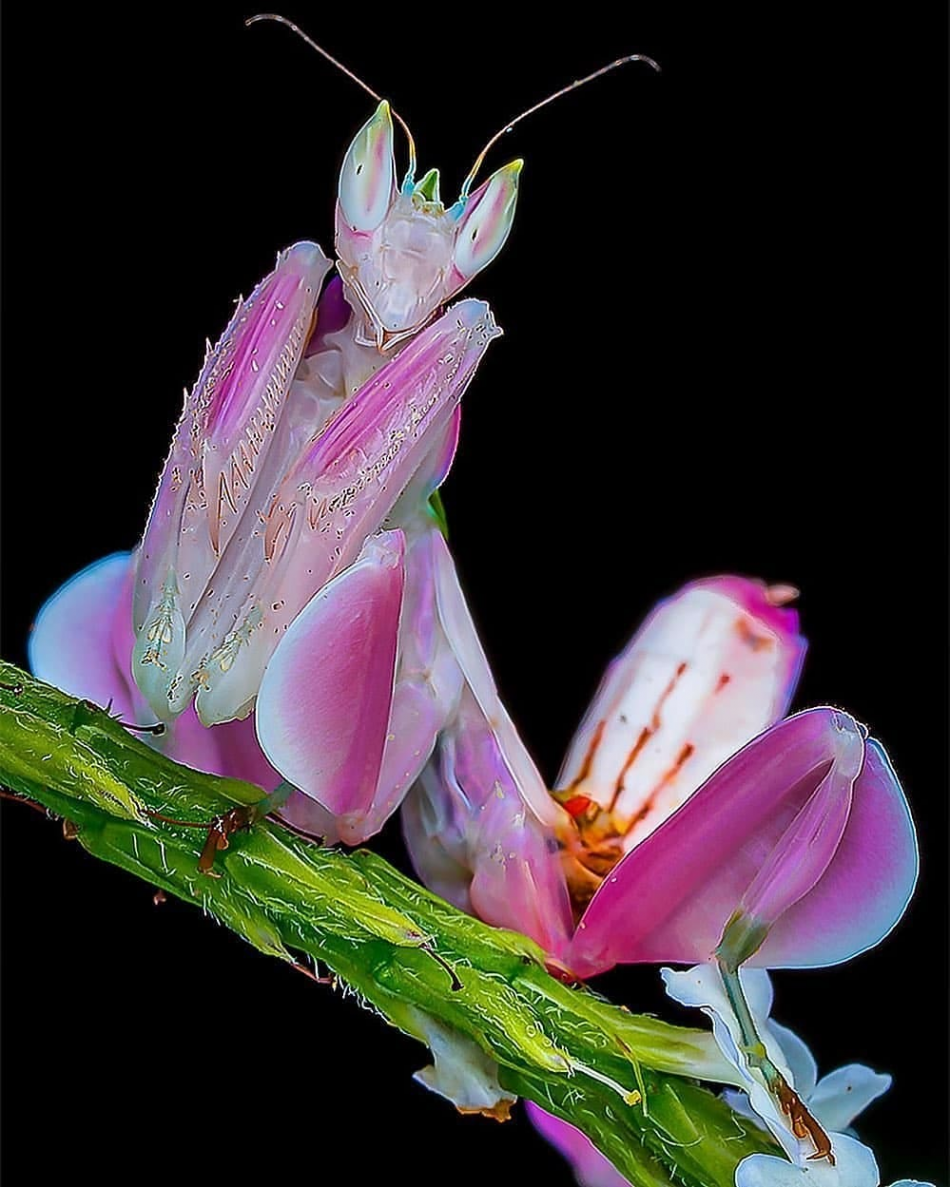
Their appearance that is similar to a flower, is very useful in hunting and even when hiding from the eyes of predators. Bees and butterflies approach the orchid mantis looking to pollinate. They have no idea that they aren’t sitting on a flower. This is why the orchid mantis is a master of disguise. They feed on small insects that are comparatively easy to hunt, using their aggressive mimicry technique.
3 / 10
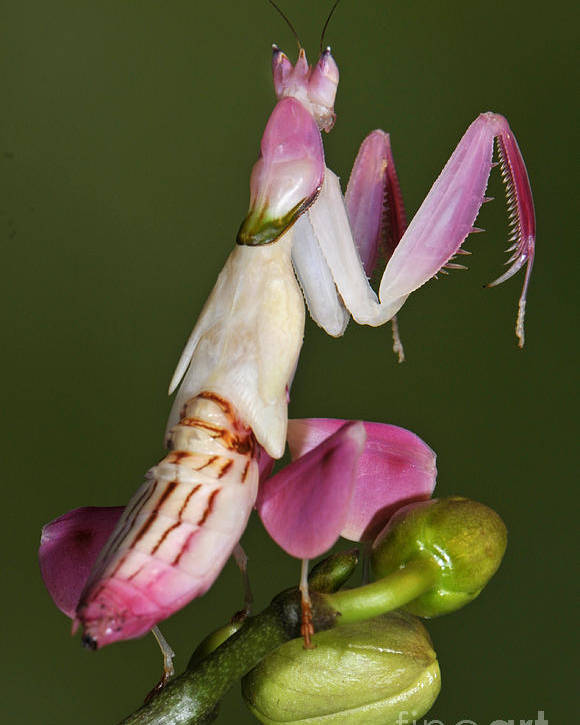
What is rather interesting is that these deadly bugs even hunt larger prey such as frogs, mice, and lizards. Despite their miniature size, their effective hunting tactic acts as a secret weapon that allows them to outsmart their prey. The female adult orchid mantis stretches about 6cm long and the male-only grows up to half of that length. Although dangerous, these creatures live very short lives. Their average life span is less than 8 months. They have become quite popular pets because of their mesmerizing outward appearance.
4 / 10
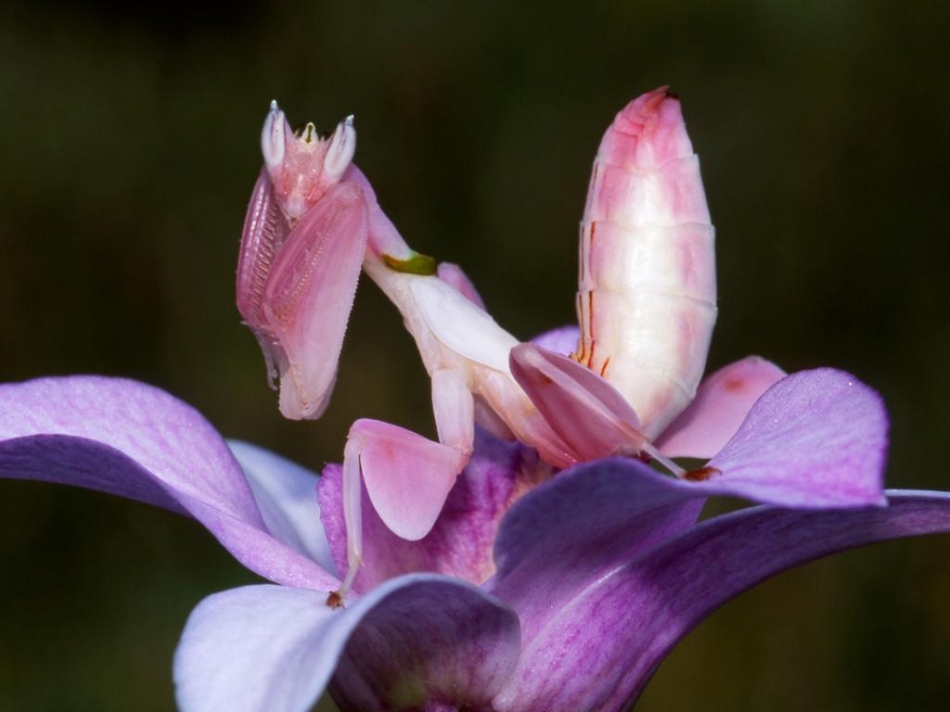
Are orchid mantises aggressive? Orchid mantises are aggressive insects. Despite their flowery colors, they catch their prey by snatching it out of the air with their front legs and they devour it mercilessly. Female orchid mantises are known to be more aggressive than males. A female orchid mantis will eat its male counterpart after copulation or when it’s hungry. This kind of cannibalism is made easier by the fact that female mantises are more than double the size of males.
5 / 10
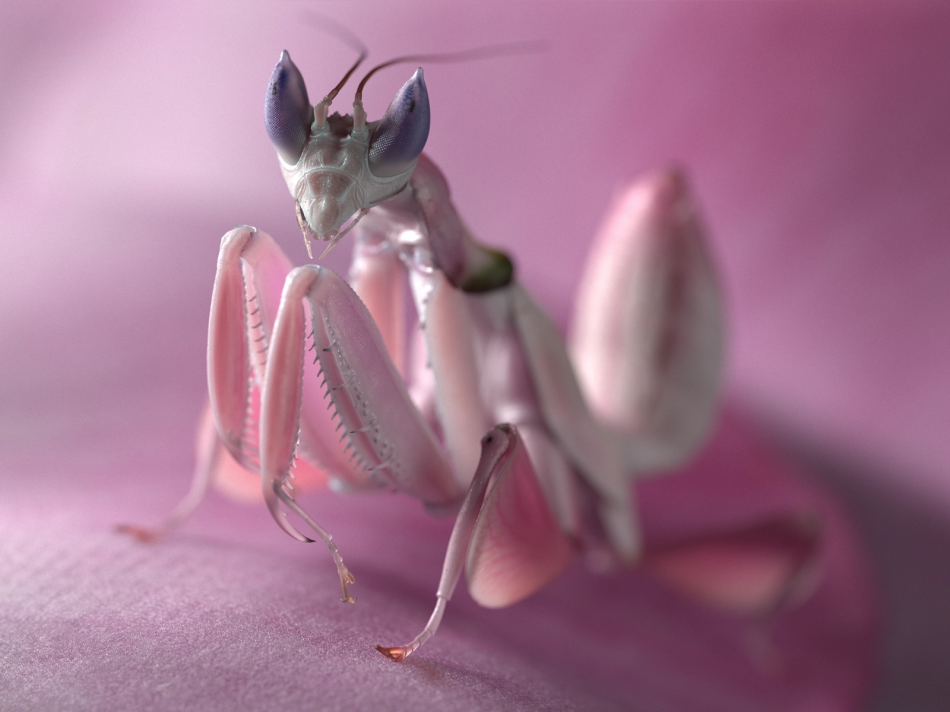
Do orchid mantises have teeth? Yes, orchid mantises have tiny teeth that allow them to kill their prey and eat it quickly. They also have spiky hairs on their forelegs to help them catch and eat large insects, sometimes ones that are two or three times their size. The good news is that their bites are not harmful to humans. Orchid mantises don’t carry venom or poison, so their bites simply cause skin irritations to humans.
6 / 10

Do they change color? Yes, orchid mantises can change color to camouflage themselves. Their color changes are triggered when they detect something new in the environment. Pink is the primary color of most orchid mantises, but they also have patterns of white, yellow, orange, and purple. They can turn themselves brown if they’re hiding in brush or foliage.
7 / 10
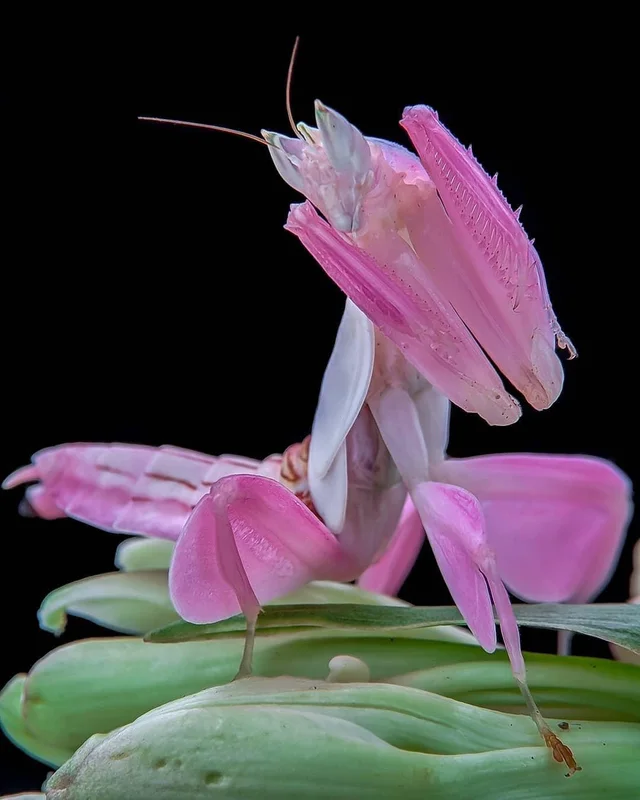
Why do orchid mantis look like orchids? Is mantis an orchid? Or is it a bug? Beautiful Huntresses: Scientists Explain Why Mantises Evolved To Resemble Orchids : The Two-Way Typically, when insect females evolve to become larger than males, it’s in order to produce more offspring. But female orchid mantises evolved to look like flowers for a sinister reason: to hunt prey.
8 / 10
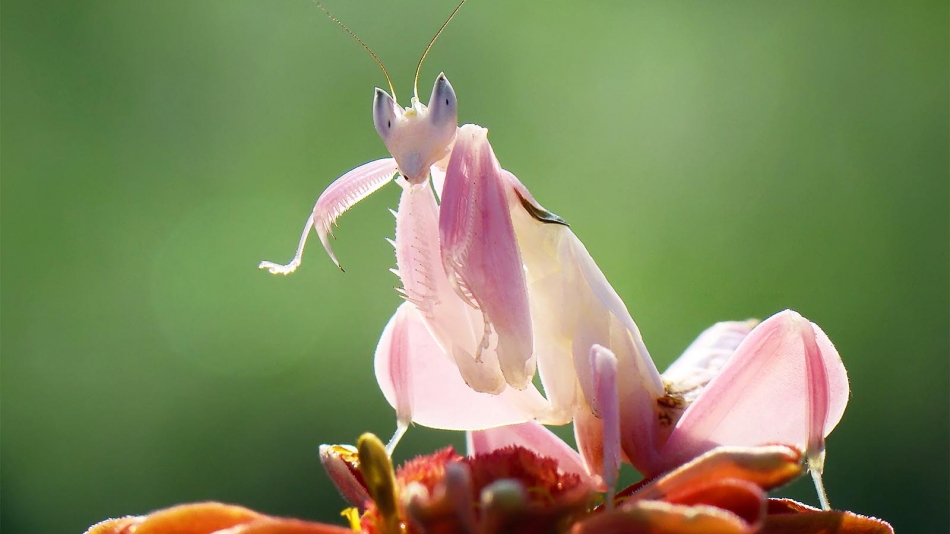
Can praying mantis bite you? Despite their small size, they may eat spiders, frogs, lizards, and small birds. Praying mantises aren’t generally known to bite humans, but it is possible. They could do it by accident if they see your finger as prey, but like most animals, they know how to correctly identify their food.
9 / 10
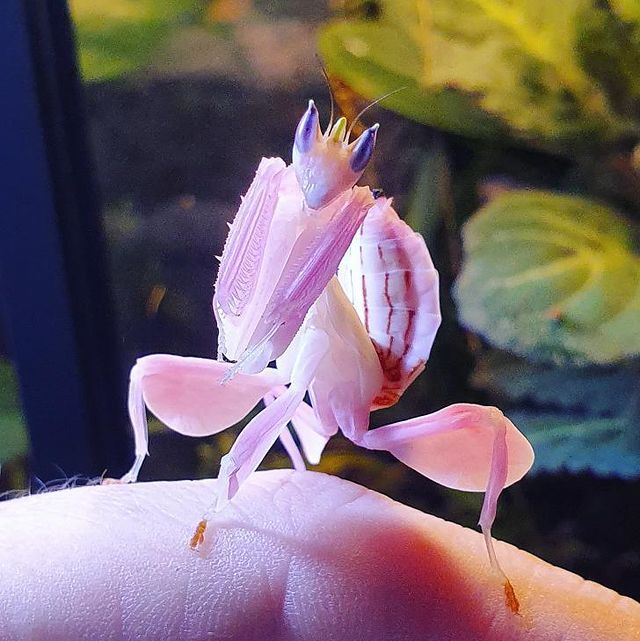
When were they discovered? British explorer James Hingsley recorded an orchid mantis sighting in his journal in the late 19th century when he was on an expedition in Indonesia. Though Hingsley surely wasn’t the first to encounter the unique bug, his account is one of the earliest known records. In his account, James Hingsley stumbled across a red flower that trapped a butterfly and ate it, just like a spider would have trapped its prey to devour it. Of course, Kingsley was witnessing an orchid mantis eating a butterfly, but he was deceived by the mantis’s camouflage.
10 / 10

Are orchid mantis rare? Orchid mantises are actually very rare in the field, so their behavior is hardly known about, except in captivity. This video about Orchid Mantis will amaze you.

